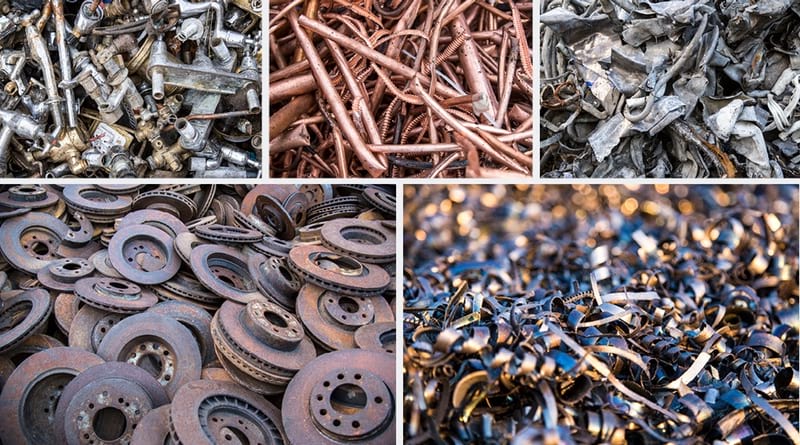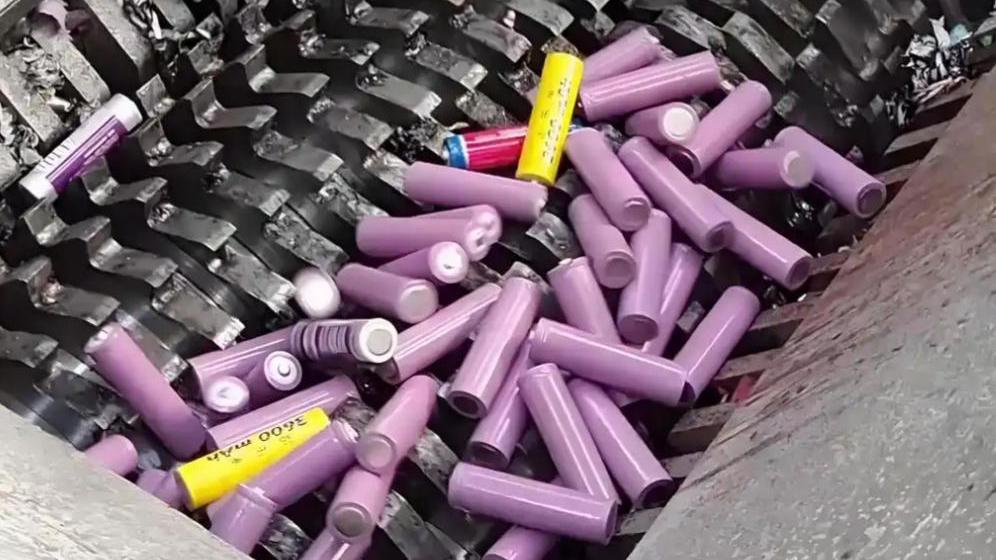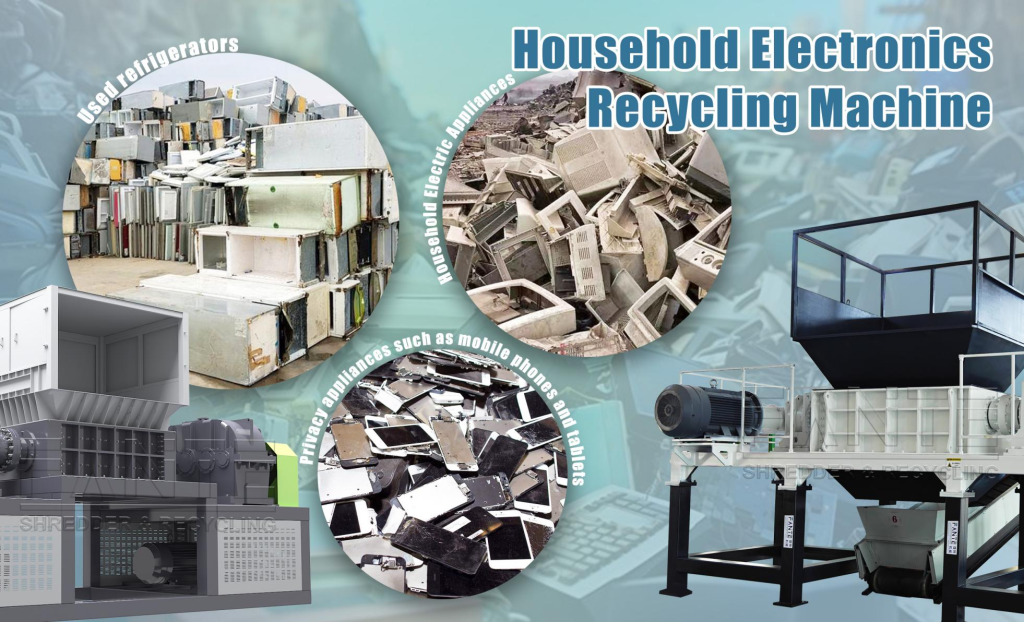In today’s world, the need for sustainable solutions to manage waste is more critical than ever. Tire recycling lines have emerged as a powerful tool in the battle against environmental pollution. This article delves into the advantages of tire recycling lines, highlighting their role in promoting a circular economy and offering practical tips on selecting the right equipment.
What is a Tire Recycling Line?
A tire recycling line is an integrated system designed to process and recycle waste tires. It typically includes a series of machines, such as tire shredders, steel wire separators, rubber crushers, and screening equipment. These machines work together to break down tires into reusable components like rubber granules, steel wires, and fibers. This automated process allows for the efficient, continuous processing of large volumes of waste tires, transforming them into valuable raw materials.
Key Points:
- Waste Tire Processing: The line handles the entire process from shredding to material separation.
- Reusable Outputs: Produces rubber granules, steel wires, and fibers.

Application of Tire Recycling Line
Tire recycling lines find applications across various industries, from rubber product manufacturing to environmental projects. Here’s how they are commonly used:
- Rubber Granule Production: The system cuts and crushes waste tires into rubber granules, which are then used to manufacture rubber floor mats, athletic tracks, and playground surfaces.
- Steel Wire Recycling: Steel wires extracted from tires are either processed further or sold to steel manufacturers.
- Environmental Management: By recycling waste tires, these lines significantly reduce environmental pollution and contribute to sustainable development.
What are the Advantages of a Tire Recycling Line?
Investing in a tire recycling line comes with numerous benefits:
- High Efficiency: These systems can process waste tires in large quantities and at high speeds, greatly boosting productivity.
- Automation: The integration of various machines allows for seamless, automated operations, reducing both labor costs and the potential for human error.
- Environmental Protection: Tire recycling lines help minimize waste by converting tires into reusable materials, aligning with environmental regulations.
- Resource Reuse: The outputs, including rubber granules and steel wires, have high commercial value, facilitating resource recovery and reuse.
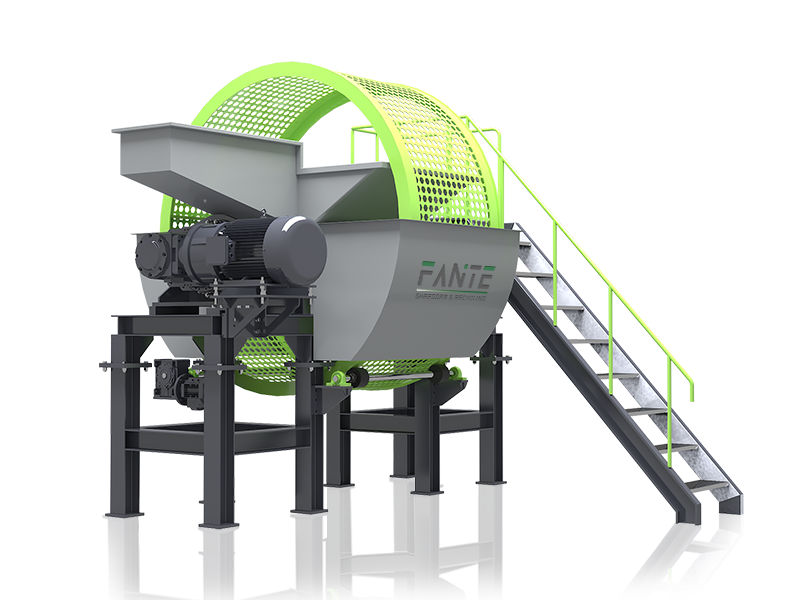
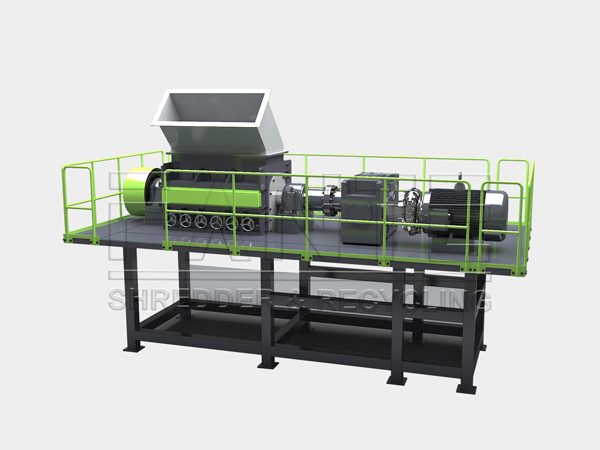
How to Choose the Right Tire Recycling Line
When selecting a tire recycling line, consider the following factors:
- Capacity Requirements: Assess your production needs to choose a system with the appropriate processing capacity.
- Budget: Look for equipment that offers the best value for your investment, considering both initial costs and long-term maintenance.
- Technical Support: Opt for a manufacturer that provides comprehensive after-sales service to ensure your equipment remains in optimal condition.
- Material Suitability: Ensure the tire recycling line is compatible with the specific types of tires and materials you plan to recycle.
Conclusion
Tire recycling lines are essential for efficiently managing waste tires and contributing to environmental sustainability. By selecting the right equipment based on your unique needs and budget, you can optimize your operations and enhance resource recovery.

